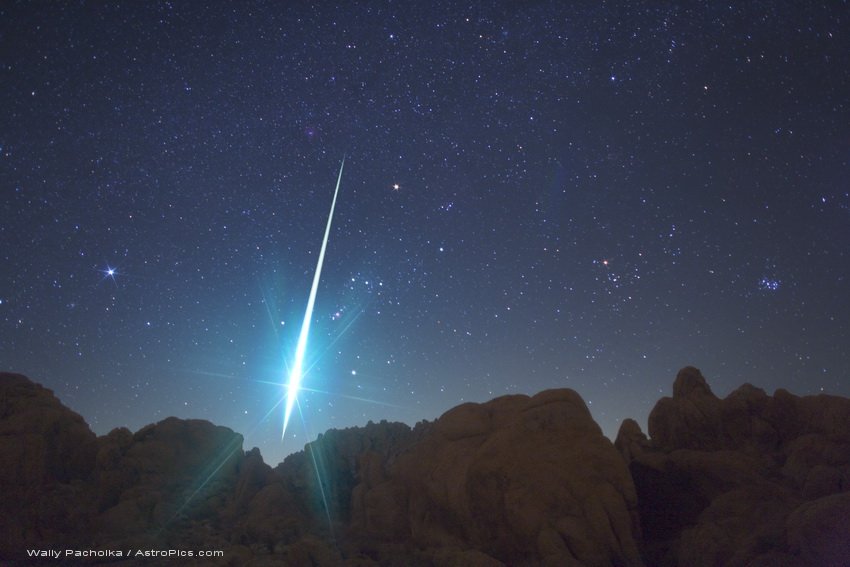A
andrew_t1000
Guest
Sorry Wayne, but I'm going to rub it in! 
Last night was GREAT!
It didn't get below 19C and I saw around 40 meteors between 11pm and 4am!
I have a few photographs but with a 15 sec exposure at F2, 1600 ASA, they are really faint.
I've been trying to dig them out of the background noise, but am not having much luck.
I did manage to make a great timelapse of Orion and Gemini though.
Is the composition of the Geminids known?
They were a lot smaller, fainter and a different colour to the Leonids.
When is the next meteor shower?
How do I post a photograph here from my myspace page?
It's pretty easy to get a you tube video here, but sharing photo's from myspace don't seem ta work, what am I doing wrong?
I'll upload what I shot last night and share it here latter.
Last night was GREAT!
It didn't get below 19C and I saw around 40 meteors between 11pm and 4am!
I have a few photographs but with a 15 sec exposure at F2, 1600 ASA, they are really faint.
I've been trying to dig them out of the background noise, but am not having much luck.
I did manage to make a great timelapse of Orion and Gemini though.
Is the composition of the Geminids known?
They were a lot smaller, fainter and a different colour to the Leonids.
When is the next meteor shower?
How do I post a photograph here from my myspace page?
It's pretty easy to get a you tube video here, but sharing photo's from myspace don't seem ta work, what am I doing wrong?
I'll upload what I shot last night and share it here latter.



